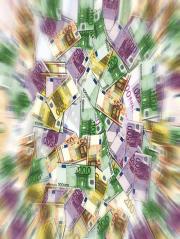
William Dudley, president of the Federal Reserve Bank of New York, expressed his view that there should be more aid for US homeowners, emphasizing that the central bank has not yet “run out of ammunition.”
“We cannot be satisfied with the current state of the economy or the outlook for the next few years,”
said Dudley, in a speech at the U.S. Military Academy in West Point, N.Y.
Low Interest Rates
The Federal Reserve Bank has been using many of its traditional methods to help boost the sluggish economy, including maintaining record low interest rates since December 2008 so that both businesses and consumers would feel more confident about borrowing money.
Unfortunately the low interest rates have not yet had the desired effect, and the economy is still lagging in a slump. Since the interest rates cannot go below zero, this tool is no longer an option for the Feds.
Operation Twist
This is the reason the Feds began a process called “quantitative easing” in a recently launched program called “Operation Twist.” Quantitative easing is major asset purchasing, whose goal is to bring down long-term interest rates to even lower levels, including mortgages.
Dudley said last Thursday that he believes the economy still has a long journey ahead before it arrives at full recovery, and is convinced that another boost from the Feds may be in order.
Unemployment Too High
Dudley’s forecast was for the US gross domestic product to grow only 2.75% in the coming year, which will not be enough to bring down the unemployment rate and get people back to work.
“I am deeply unhappy with the current forecast of prolonged high unemployment,” he said.
